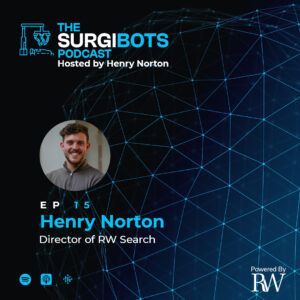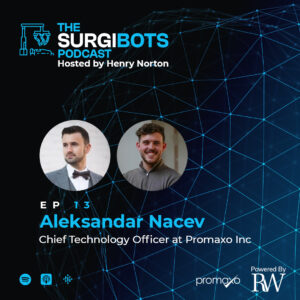Surgibots Podcast
S01 E15
How to Hire Top Level Talent
Anybody who’s hiring in the surgical robotics sector seems to have a similar set of frustrations. CEOs, hiring managers, talent acquisition teams and human resources professionals are all frustrated with the time it takes to hire, inconsistent results, irrelevant CVs and candidates who don’t understand the company.
Listen/watch now

Listen/watch now



